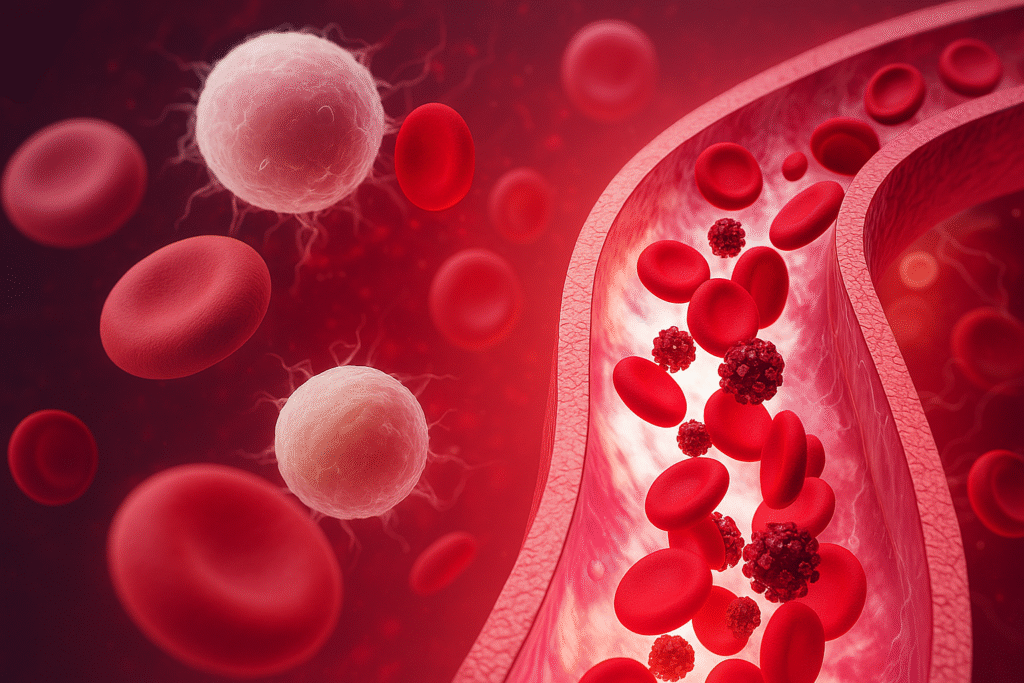Pulsed Electromagnetic Field Therapy Shows Promise for Healing Diabetic Foot Ulcers
Chronic diabetic foot ulcers are among the most challenging complications faced by individuals with type 2 diabetes. A recent pilot study conducted by Kwan et al. (2015) explored a novel approach to healing these ulcers using Pulsed Electromagnetic Field (PEMF) therapy — and the results are encouraging.
What Was Studied?
The study evaluated the effectiveness of PEMF therapy in promoting wound healing and microcirculation in patients with chronic diabetic foot ulcers. Thirteen participants with type 2 diabetes and poor wound healing were randomly assigned to either a PEMF treatment group or a control group.
-
PEMF Group (7 participants): Received therapy for one hour per session, 14 times over three weeks, using 12 Hz frequency and a 12G magnetic flux density.
-
Control Group (6 participants): Received identical sessions with the PEMF device turned off.
Key Findings:

The PEMF group experienced an 18% reduction in wound size by the end of treatment, compared to just 10% in the control group. After one month, the PEMF group showed a 35% reduction — though this was not statistically significant.

PEMF therapy led to a 28% increase in capillary blood flow speed, while the control group showed no significant change. These improvements were statistically significant and sustained during follow-up.

The PEMF group also saw a 14% increase in capillary diameter, improving blood flow and nutrient delivery to the affected area.

After treatment, blood flow in the skin at the tip of the toe increased by 48% in the PEMF group, compared to a 16% decrease in the control group. These effects were maintained one month later.

The PEMF group showed significantly deeper wound healing (P = 0.021), particularly after one month (P = 0.028). In contrast, the control group did not show consistent improvement.
Authors’ Insight
The researchers suggest that PEMF therapy may work by enhancing peripheral blood flow, modulating calcium ion concentration, and boosting nitric oxide production — a known vasodilator. This may lead to improved microvascular function and faster healing.
While wound closure rate was not significantly different between groups, the depth and quality of healing were notably better in the PEMF group, indicating that this therapy may support more robust tissue regeneration.
Final Thoughts
This pilot study highlights the potential of PEMF therapy as a supportive treatment for chronic diabetic foot ulcers. By enhancing microcirculation and accelerating tissue repair, PEMF could offer a valuable adjunct to standard wound care — particularly in patients with impaired healing capacity due to diabetes.
As always, larger-scale studies are needed to validate these findings and optimize treatment protocols, but the early results provide a strong foundation for future exploration.
